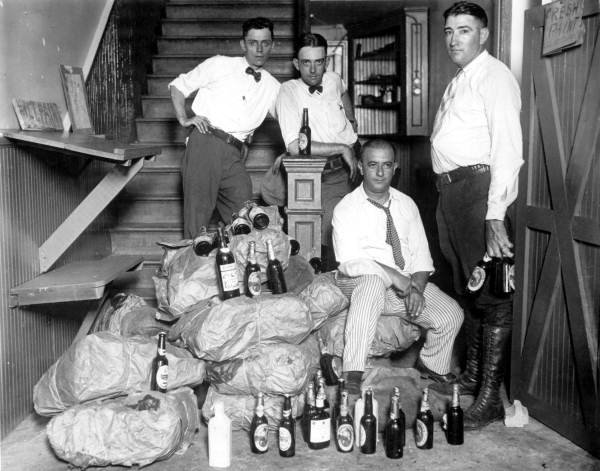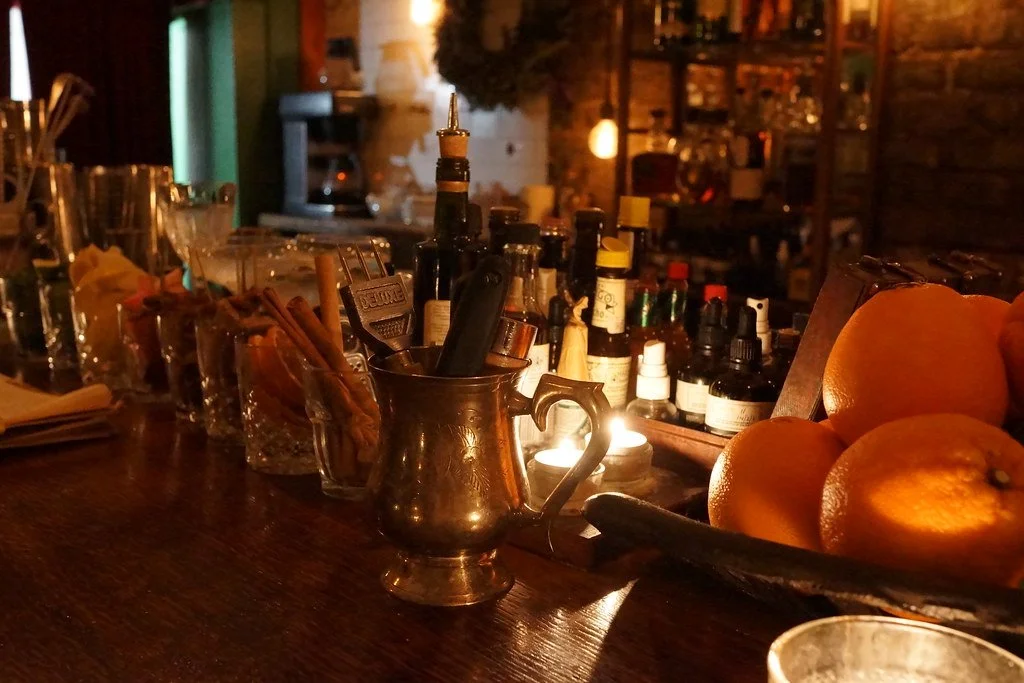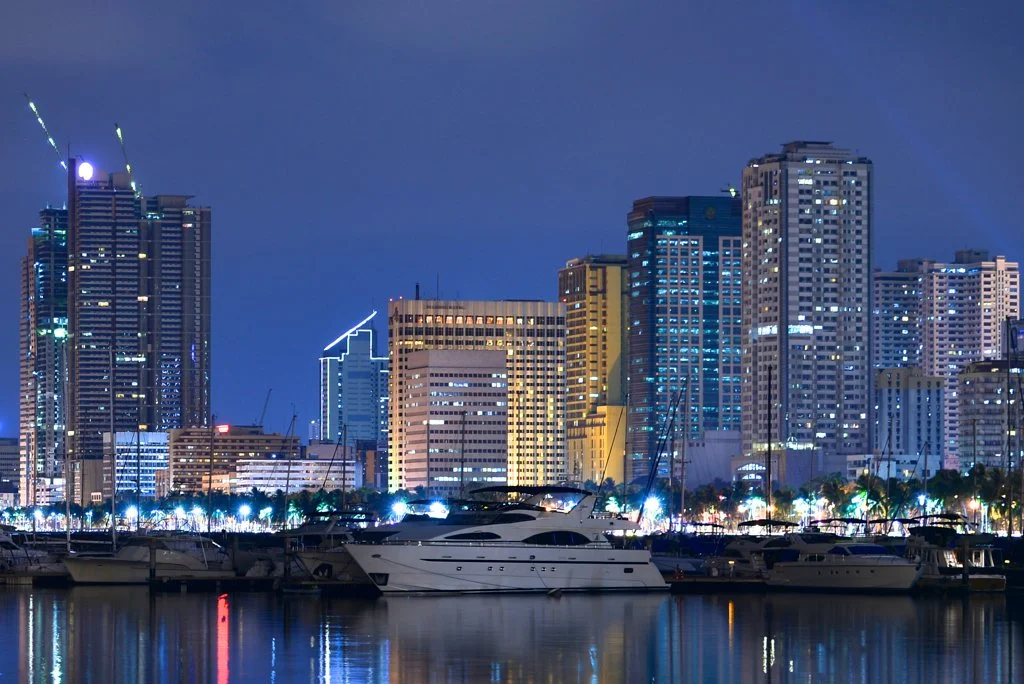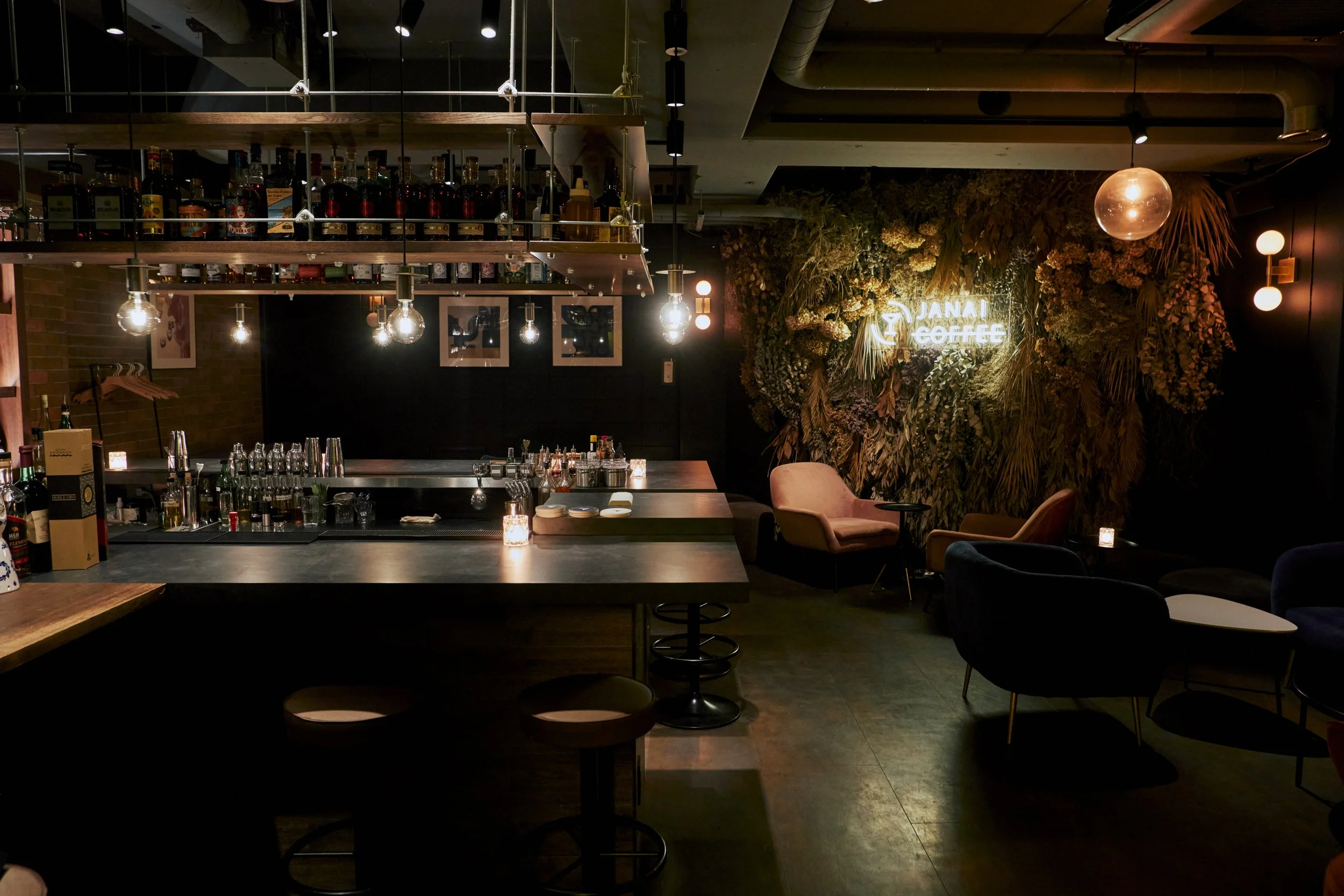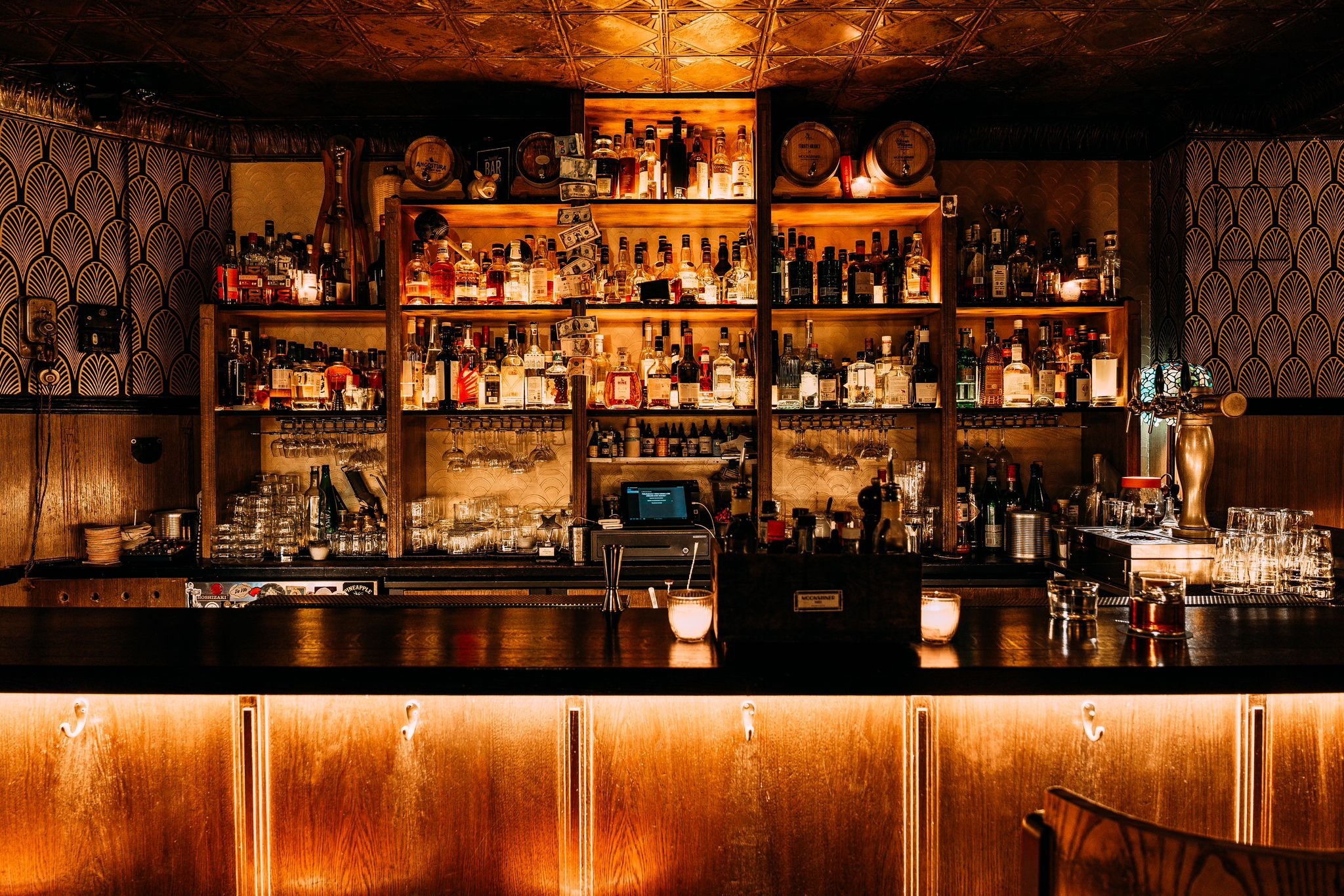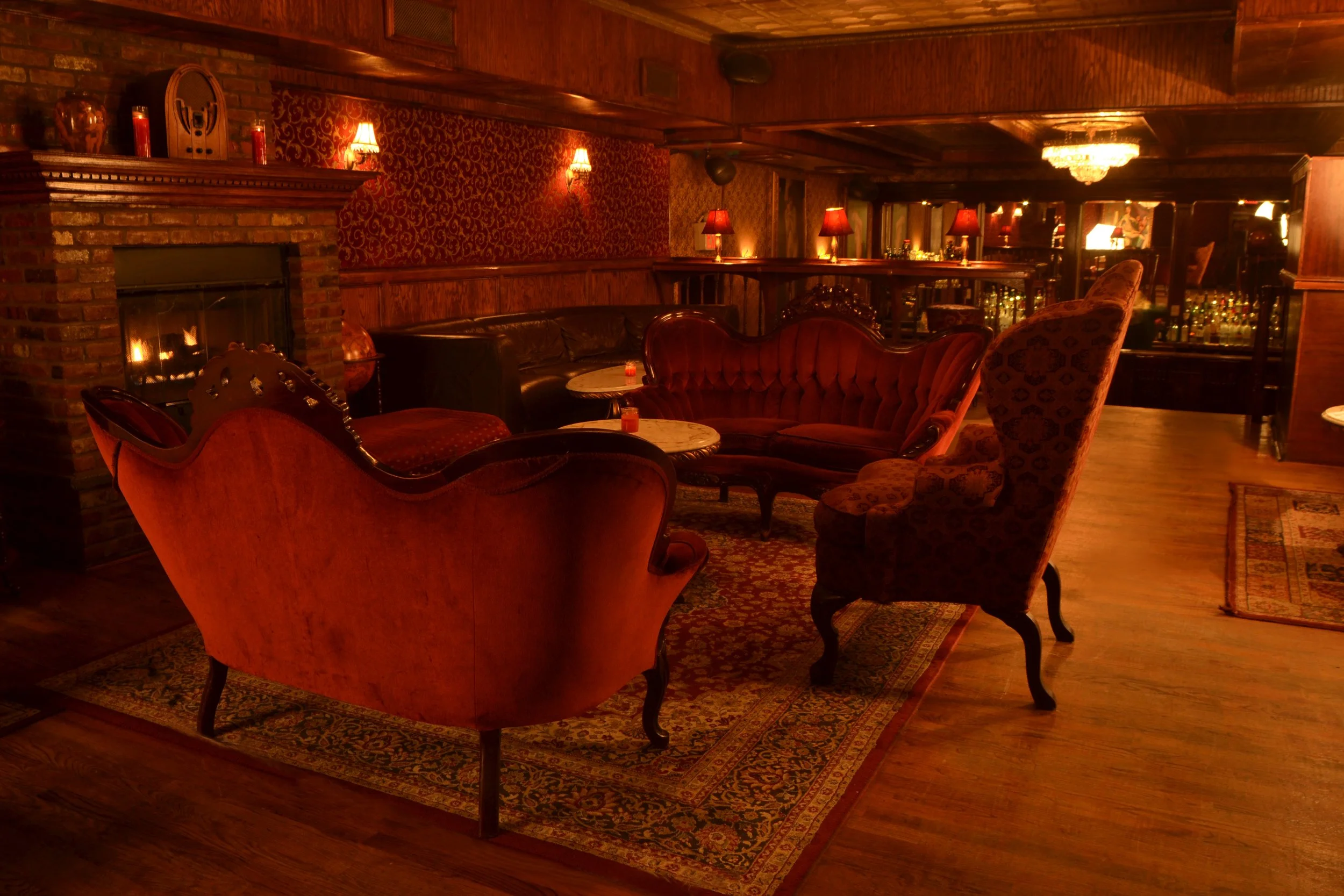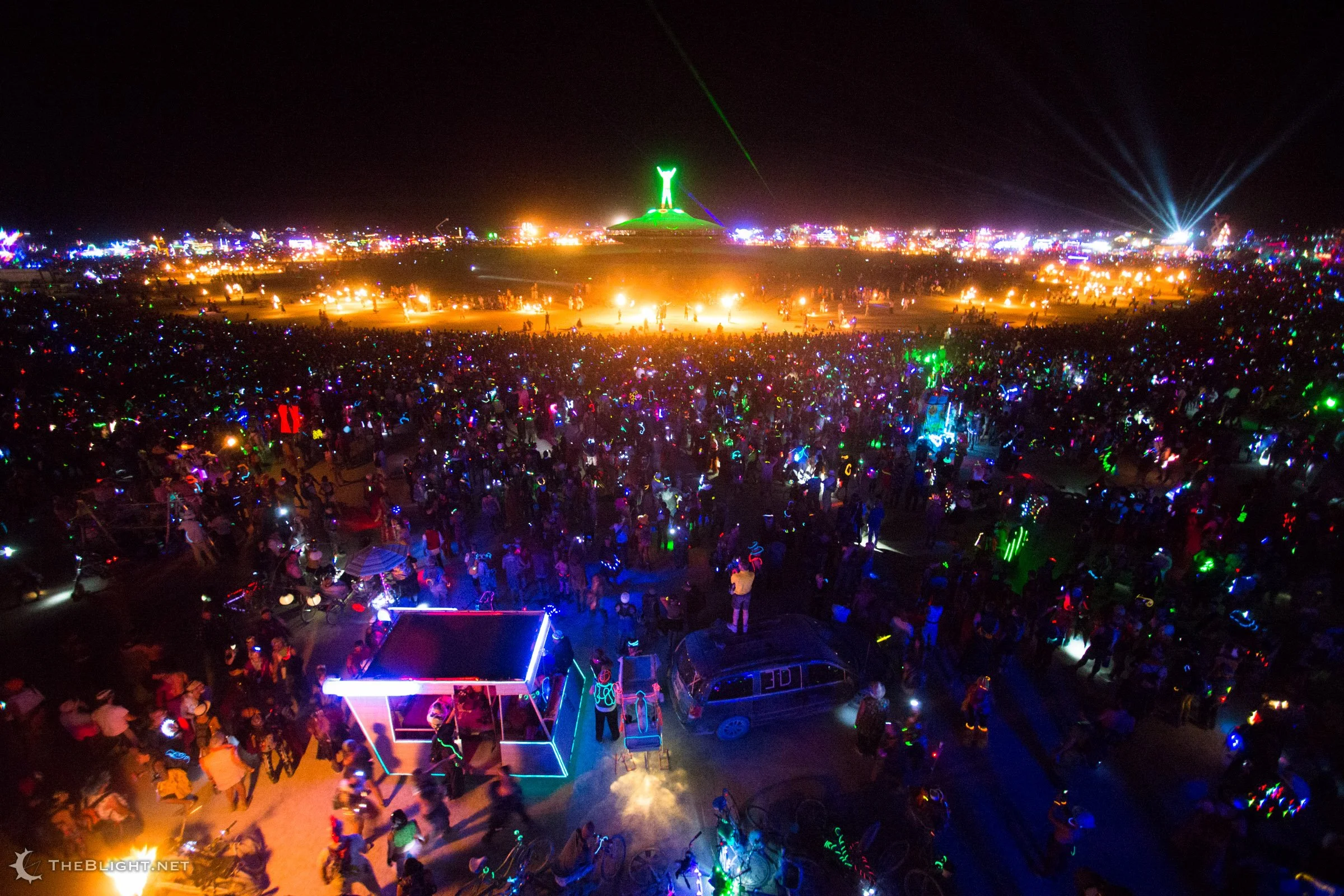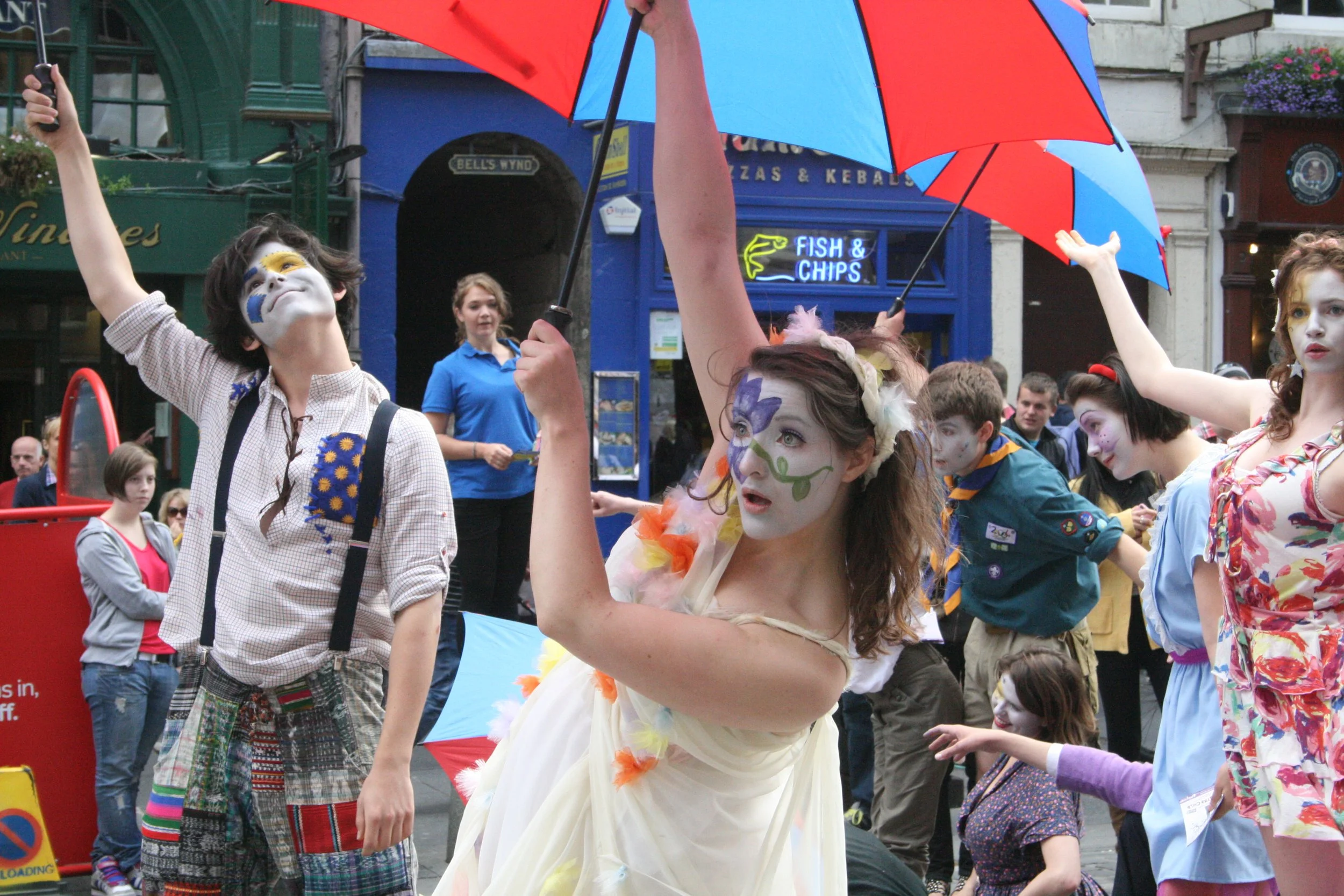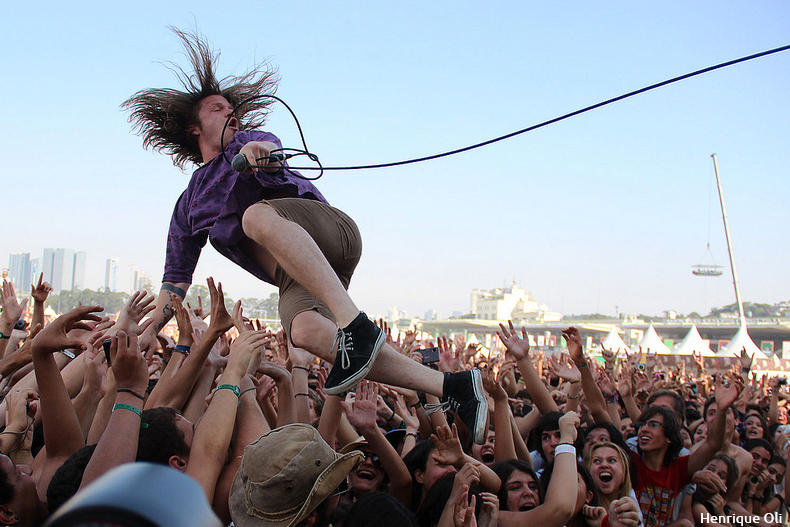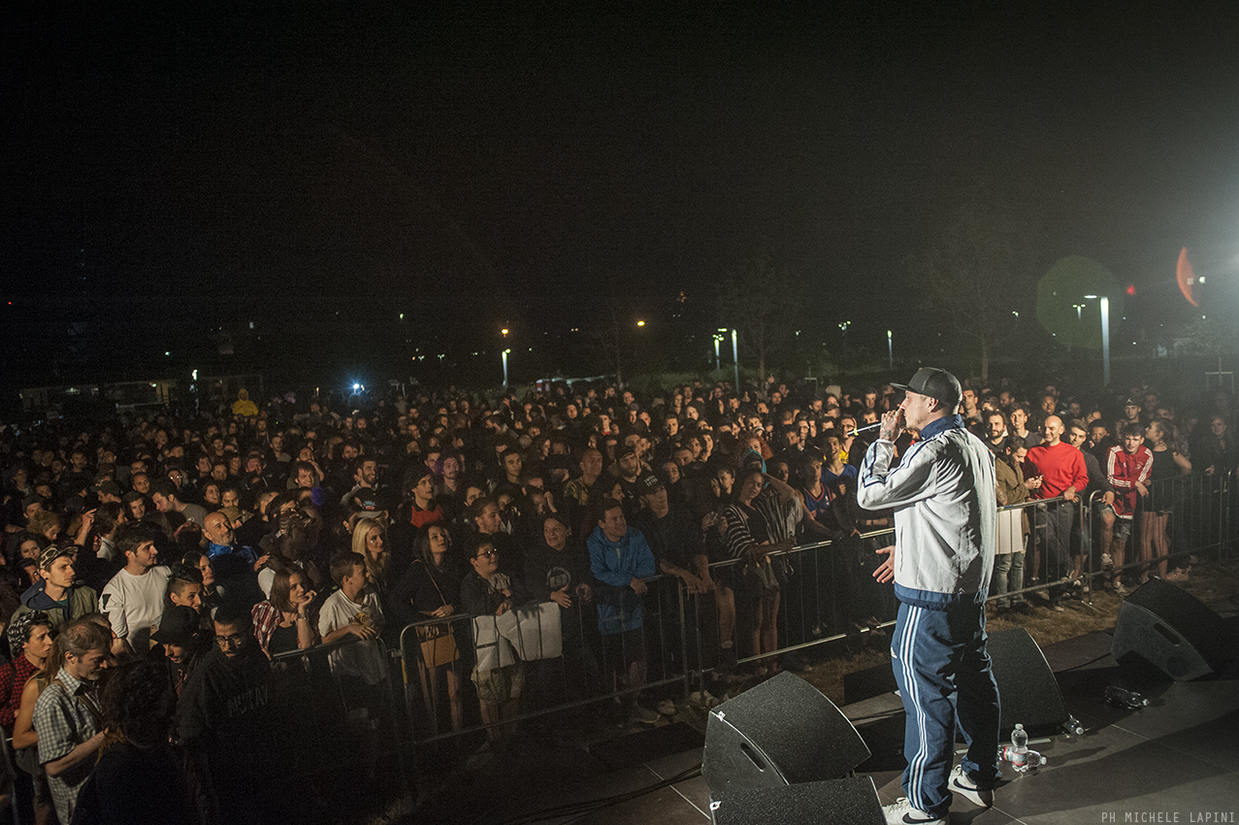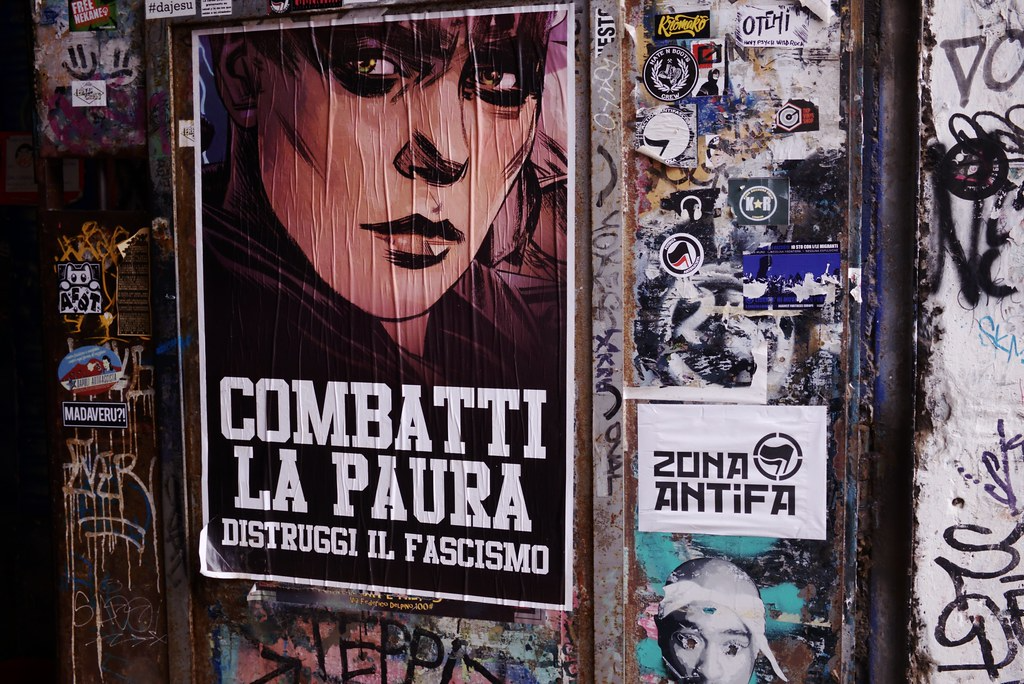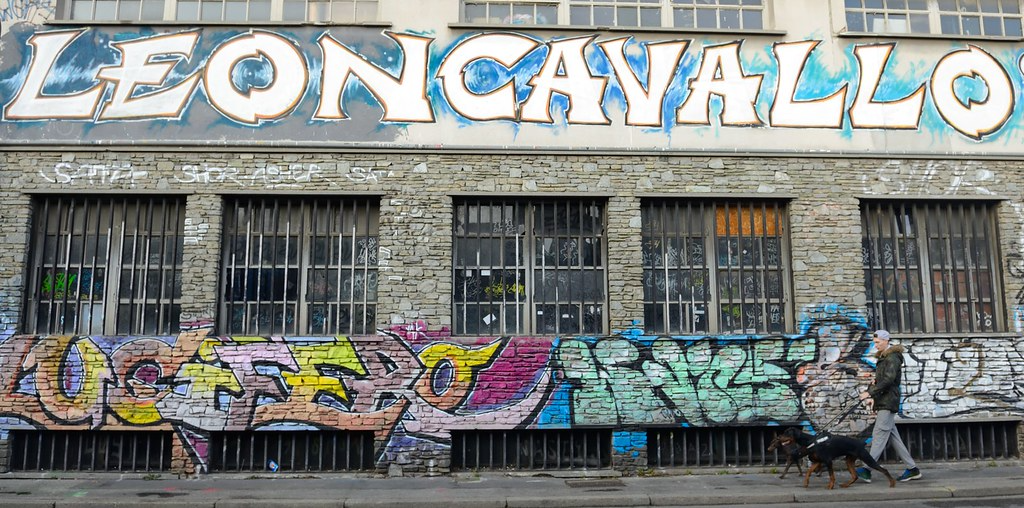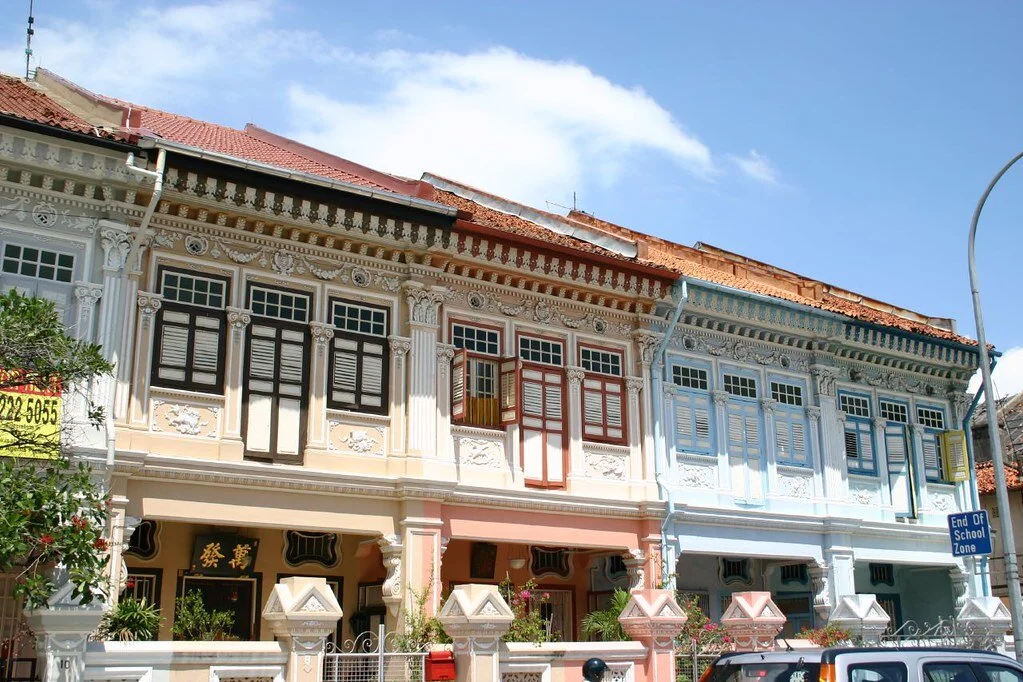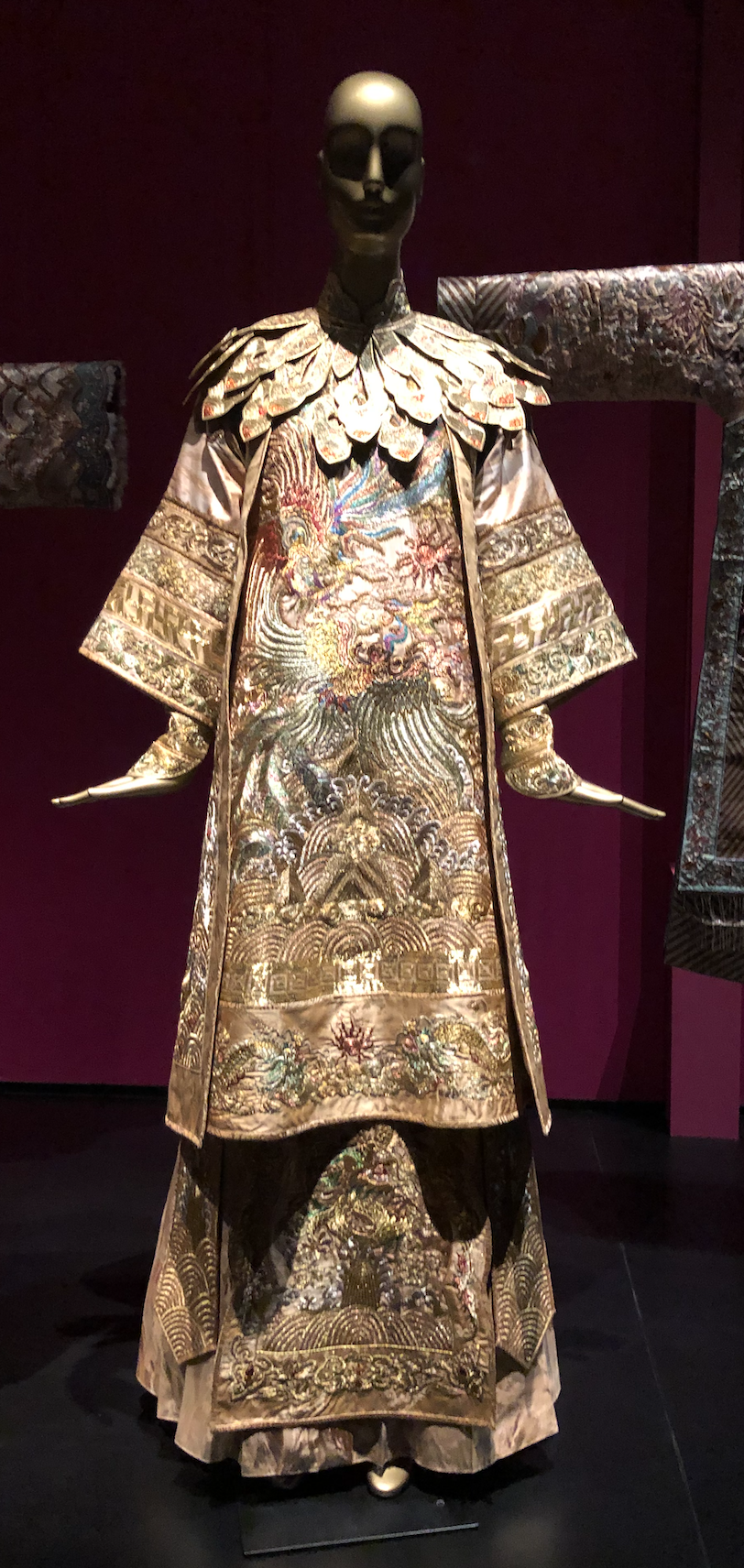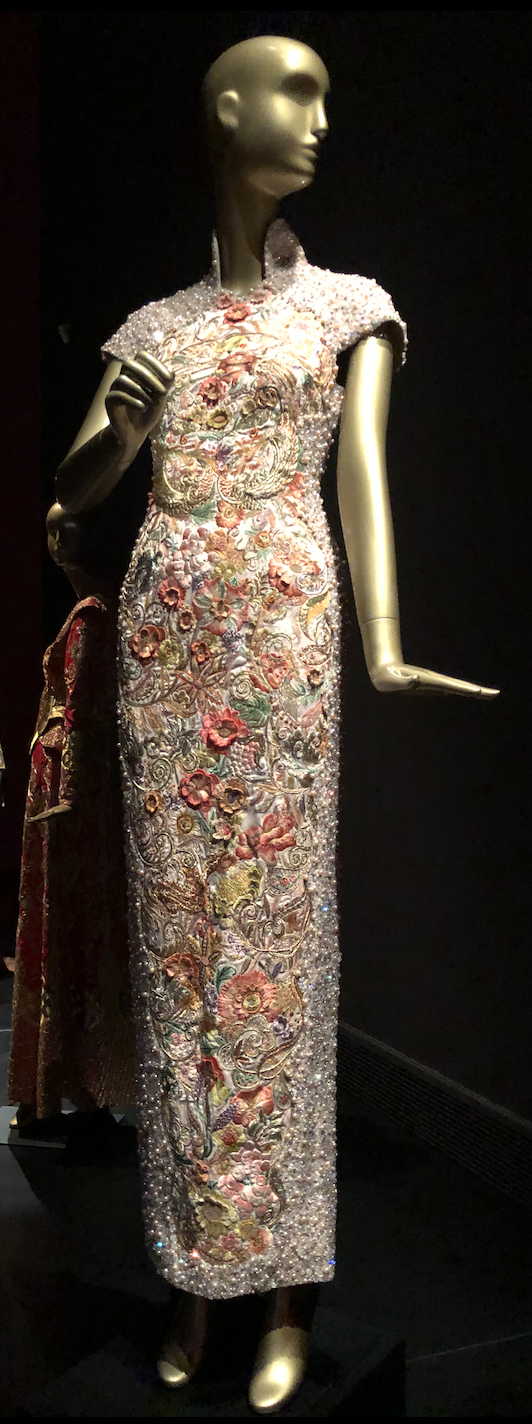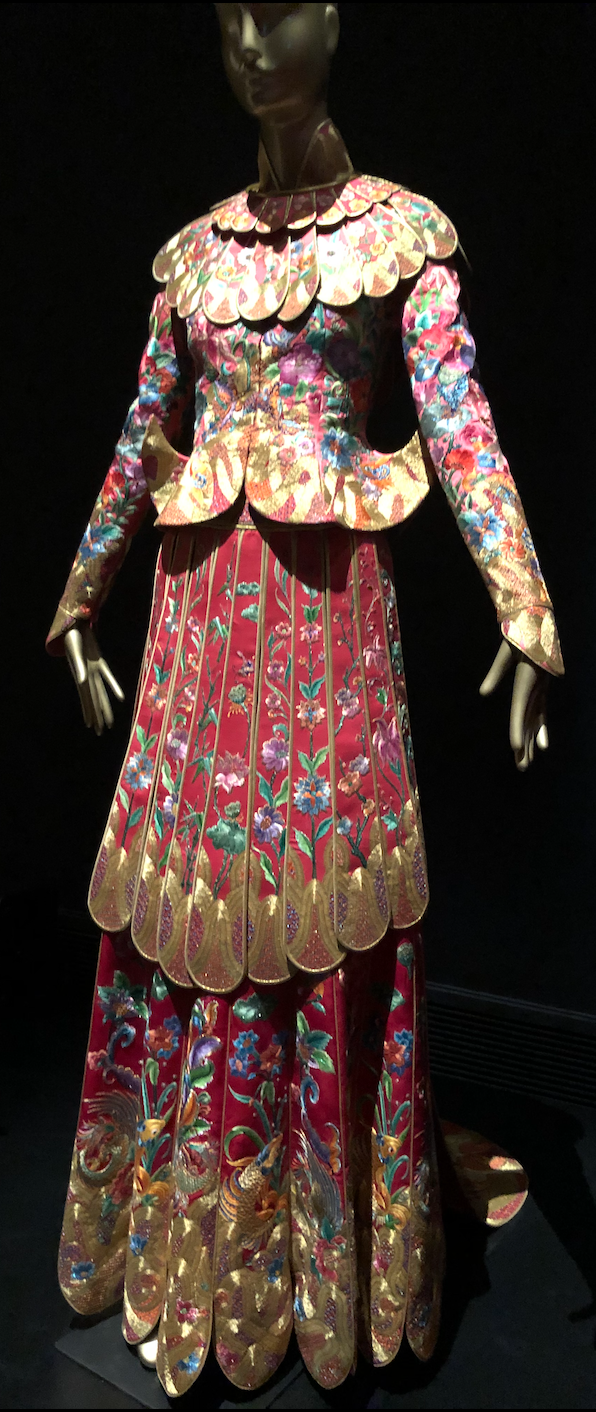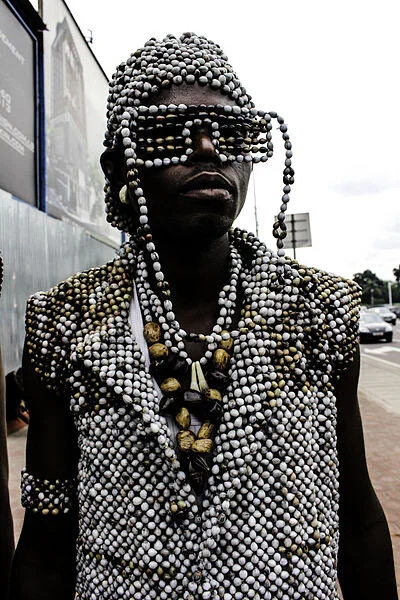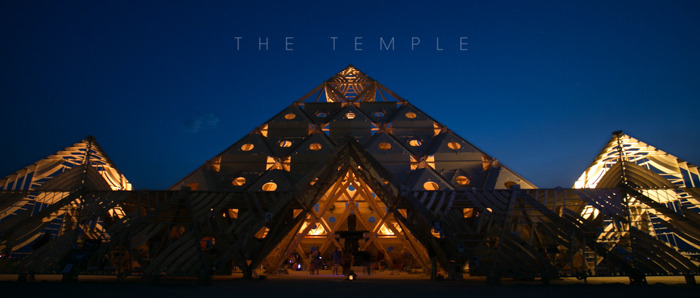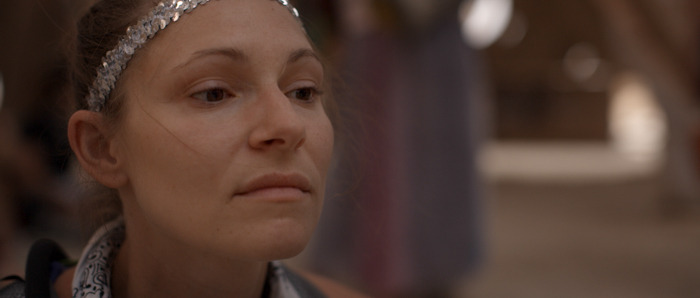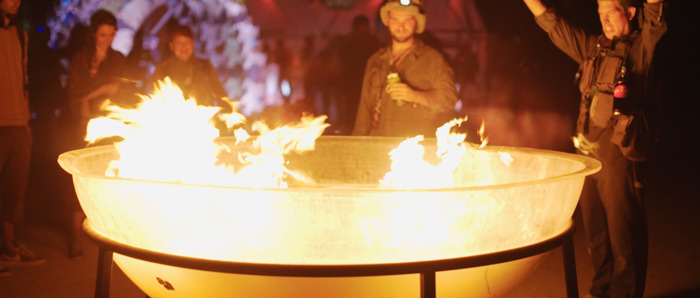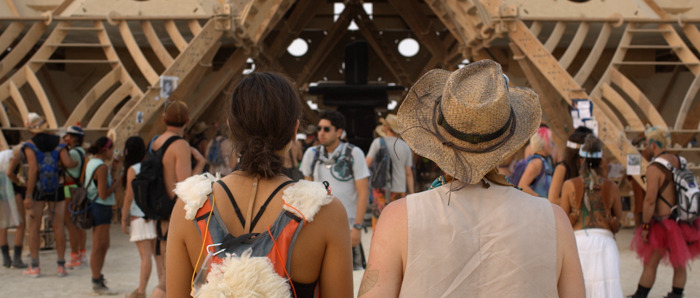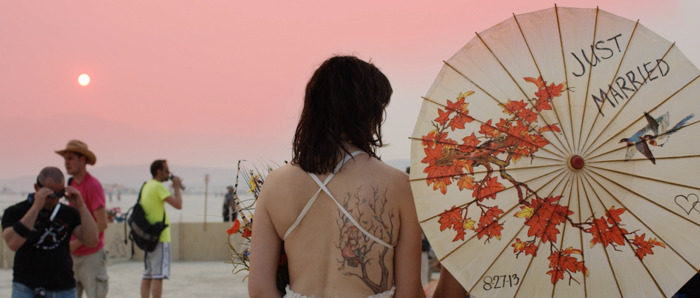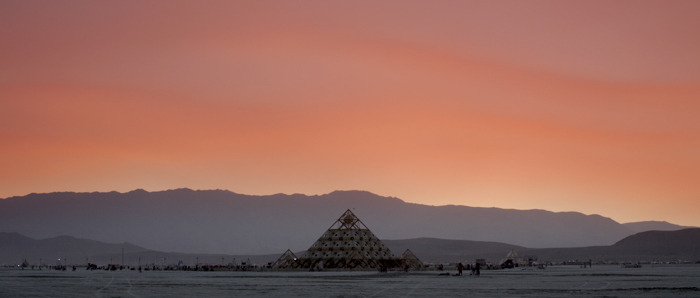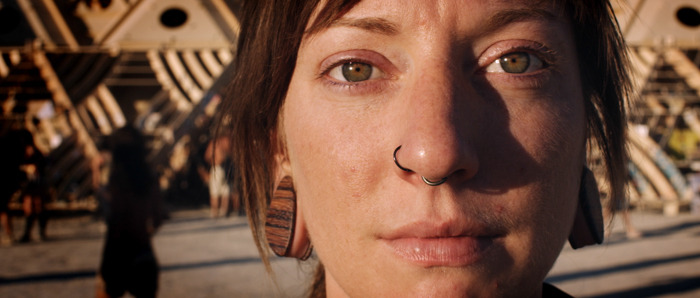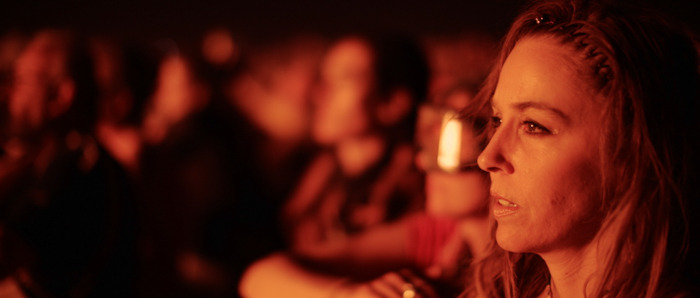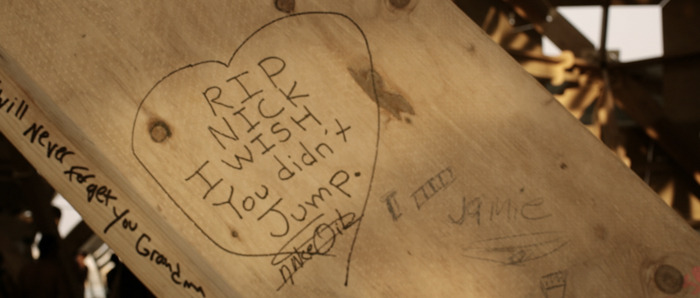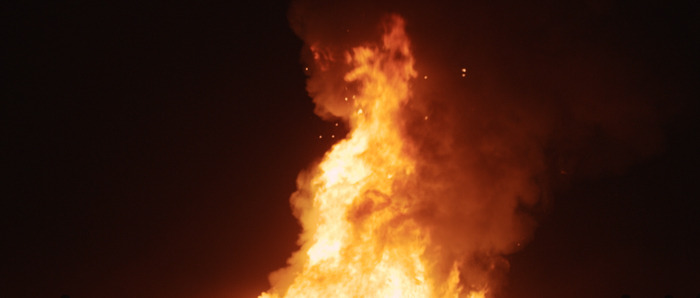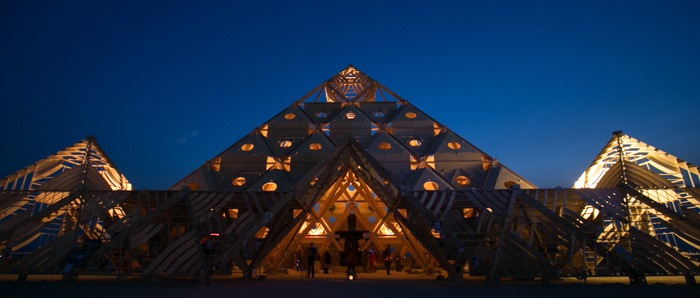Inspired by the American Prohibition era, speakeasies exist in the most unconventional places today.
Liquor raid by sheriff’s department circa 1925. Gleason W. Romer. CC0
Prohibition was a result of the 18th amendment of the U.S. Constitution in 1919, which stated that, “The manufacture, sale, or transportation of intoxicating liquors within, the importation thereof into, or the exportation thereof from the United States and all territory subject to the jurisdiction thereof for beverage purposes is hereby prohibited,” within a years time. The amendment marked a political move that brought dismay to many citizens. Daniel Okrent, author of "Last Call: The Rise and Fall of Prohibition," argues that, “Prohibition became the same sort of political football that people on either side would use trying to struggle to get it towards their goal, which was control of the country," with politicians using the ban and the controversies around it to push other agendas.
Although Prohibition was mainly an American phenomenon, many countries around the world have made, or are currently making, attempts to limit alcohol consumption. Currently, Nordic countries concerned with their citizens’ alcohol intake are resorting to alcohol monopolies, marketing bans and higher taxation to combat it. Japan also struggles with alcoholism, with 60% of alcoholics being businessmen that drink socially to help their careers. With alcohol consumption quadrupling in Japan since 1960, private treatment centers and halfway houses have been popping up to combat the issue.
One of the most recognizable institutions of the Prohibition era was the speakeasies. A speakeasy was a place where alcohol was illegally sold, usually underground or at least out of view due to the danger posed to workers, owners and patrons. Although the 18th amendment was repealed in 1933, speakeasies still exist throughout the United States and the world today. Listed below are five notable and currently operating speakeasies from various major cities.
Evans and Peel Detective Agency
London, England
Bartop and Evans and Peel. Jan Mark Holzer. CC By 2.0.
Located in Chelsea, Evans and Peel is a detective-themed speakeasy. Appointments are booked through the company's website, which tells prospective visitors, “We’re Evans & Peel, a highly renowned Detective duo who operate from our hidden Agency in Chelsea, London. Go beyond our facade and discover our famous secret.” People are given the option to customize their experience, sending the detective agency information about the “case” they wish to consult on. To enter the bar, customers have to ring a buzzer to enter a fake detective’s office and stay in character, explaining that they have, “an appointment with the detective.” They are then guided down a staircase to consult with the detective. Emily Gray from "The Handbook" recalls that, “The Agatha Christie fan that I am, I went into a long story about losing a very expensive earring that had been stolen from a jeweler in the 1920’s (apparently most people say they’ve just lost their cat).” Evans and Peel's drink menu is also outlaw themed, with most of its special cocktails based on some of the biggest real and fictional superstar criminals like Thomas “Tommy” Shelby, Bill McCoy and Al Capone. The "agency" claims to make the “World’s Best Old Fashioned.”
‘Al Capone’ themed drink on the menu. Evans and Peel.
Located at: 310c Earls Court Road, London, SW5 9BA, England
Bank Bar
Manila, Philippines
Manila skyline at night. Thomas Yie. CC BY 2.0
In keeping with its name, the Bank Bar in Metro Manila's Bonifacio Global City has set up shop in the RBCB Savings Bank Corporate Center. A bouncer is waiting inside, next to a small door which opens into a fake stockroom that patrons walk through to enter the bar. Once in, there is a calming and luxurious ambiance. Erica Jahn notes in her review that, “The velvet sofa and candles on the marble table make the place attractive and intimate.” The bar advertises its own drinks drinks as including, “ Inventive cocktails and the widest selection of any bar in Manila” Although located in the Philippines, much of the bar's menu has an American theme. Bank Bar offers pasta, pizza, burgers, steaks, fried chicken and more American classics. The establishment is far from a simple American outpost, however, offering among other indigenous options Chicharon Bulaklak, a traditional Filipino appetizer and street food. Visitors are asked to call ahead and reserve their spots because space is limited and can fill up quickly.
Located at: 26th and 25th Street G/F RCBC Savings Bank Corporate Center, Taguig City, Luzon 1934, Philippines
Janai Coffee
Tokyo, Japan
Interior of Janai Coffee. Junki Yoshida.
This Tokyo speakeasy takes on the guise of a traditional coffee bar, hidden behind a secret doorway only the barista knows how to access. At first glance, Janai's website sticks with the coffee theme, offering to-go cups, explaining seasonal coffee bean selection, all while subtly hinting that it might offer more: “We don’t just want to serve coffee. Forget about time. Stop measuring. Don’t compare yourself to others. Take time to relax and forget about your daily routine. A place where you can forget about your daily routine and enjoy coffee to your heart’s content without thinking about anything else.” There is a secret puzzle that has to be solved on their website before being able to make a reservation (a hint—look at the logo). The flipside states their mission as a speakeasy and adds that, “This bar has a wide selection of alcohol that the staff all tasted and selected together. Even if you are not an expert, even if the taste is difficult, you can enjoy Janai Coffee for some ‘just because’ reason such as the cute label or the interesting name.”
Espresso martini from Janai Coffee’s bar, Junki Yoshida.
Located at: 2-3-13 Ebisu, Shibuya, Tokyo, 150-0022
Moonshiner
Paris, France
Bartop at Moonshiner, Fiamma Brighi.
Continuing the theme of being hidden behind a conventional storefront, the Moonshiner’s entrance is through Da Vito, a small pizza parlor in Paris. The joint's website tells potential visitors, “Shhhh, listen up, music is filtering behind this wall … lower your voice, lighten your steps, and push the door to the cold room … we’ll see you on the other side!” To enter, guests walk into the pizza parlor and head directly to the steel door of a fake meat locker at the back. This speakeasy in particular tends to attract a younger crowd of twenty-to-thirty-year-olds, and a combination of travelers and locals. Their drinks range from classic cocktails like Old Fashioneds to more novel and creative options like “Money Time” or “Back to Basil.” As it is a small space, the bar tends to get very busy. Sara Lieberman from Conde Nast Traveler notes that, “Despite it looking like the type of place you want to sit and sip luxuriously, unless you get there early be prepared to stand and hover over those with seats until other bar-goers finally get up (IF they get up!).” Many bar goers are just stopping by for a drink while waiting for the pizza they ordered on the way in, with Liberman also explaining that, “Moonshiner and the pizza parlor out front—Da Vito—--are more or less one in the same, so if you’re hungry, put your name on the list when you arrive and head to the back for a drink while you wait.”
Old Fashioned at the Back Room. Fiamma Brighi.
Located at: 5 rue Sedaine, 75011, Paris, France.
The Back Room
New York City, United States
The entrance to the Back Room, Troy Hahn.
Finally, located in the heart of the Big Apple, the Back Room is a speakeasy in New York that has been operating since the Prohibition era. Disguised as the "Lower East Side Toy Company," the Back Room is hidden down a secret staircase in a narrow corridor. There are no clear indications to the entrance and a variety of staircases are involved before visitors find themselves at the door of the bar. In order to enter, a weekly password from the official Bank Room website is required. Once entered, the bartenders serve drinks in a traditional Prohibition-era style—cocktails are served in teacups and beers in brown paper bags, disguising their true contents. The Back Room was predated by Ratner’s Backroom, which was opened in 1908 in the same location. Owner Johnny Barounis has said that it used to be a popular meeting spot for many Jewish gangsters due to its convenient location, saying, “If somebody came in and was being double crossed or there was a hit going on, there were so many different ways out if you knew the space. You could [even] hop the roofs all the way to Rivington.” The general appearance of the Back Room is luxurious, straying away from the traditional rough appearance speakeasies had due to fear that cops would overturn the establishment at any given point. Barouis calls it, “My bastardized version of these old 1920s ballrooms fused with a speakeasy.” The decor incorporates 1920s cigarette dispensers, mutoscopes, chandeliers, hardwood floors and other period-accurate details.
The Back Room’s luxurious decor, Troy Hahn.
Located at: 102 Norfolk Street, New York City, NY, 10002-3310
Aanya Panyadahundi
Aanya Panyadahundi Aanya is a student at the University of Michigan studying sociology and journalism on a pre-law path. She loves to travel the world whenever she can, always eager to learn more about the different cultures and societies around her. In her free time, she likes to play the violin, ski, and listen to podcasts.

